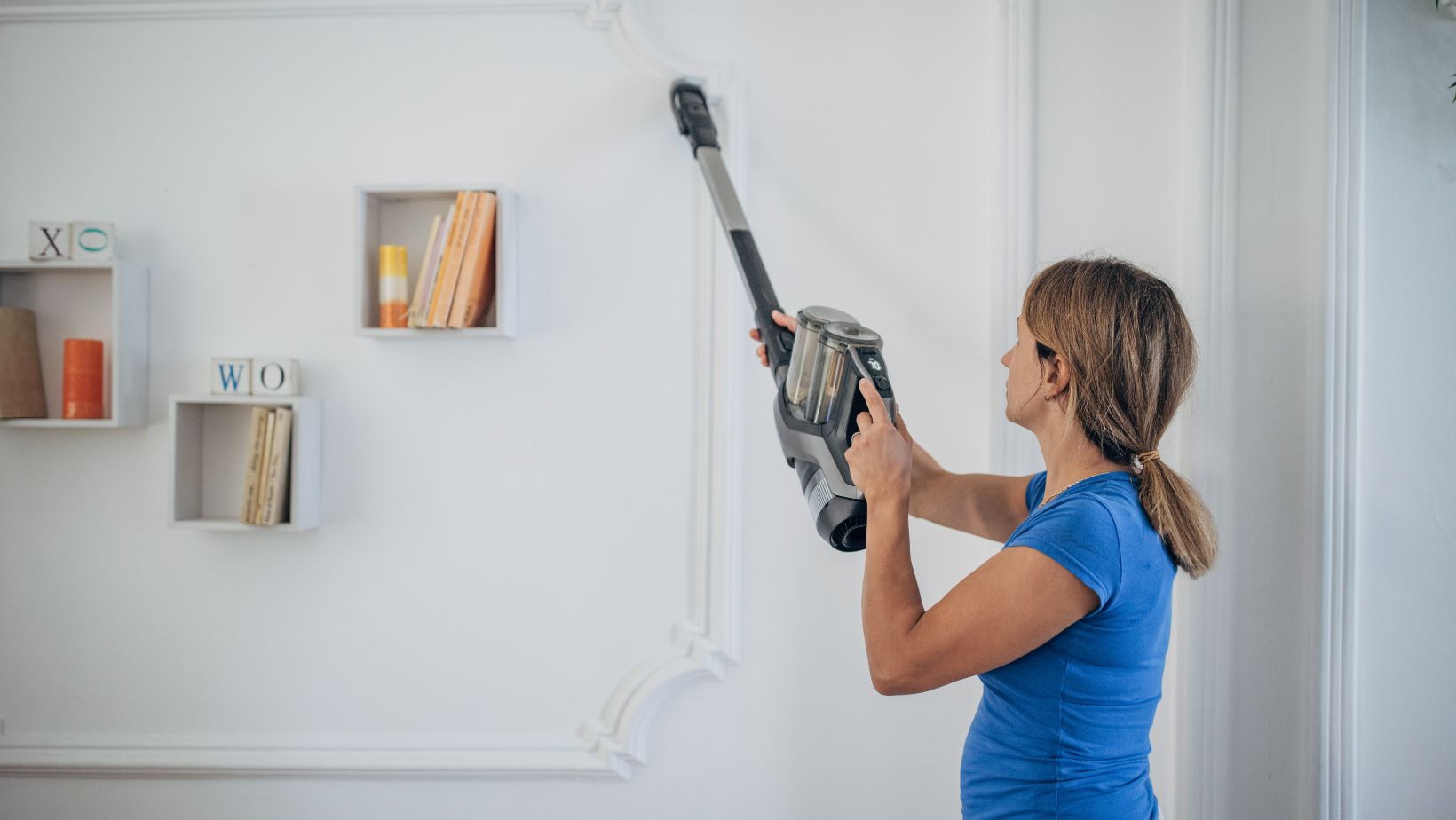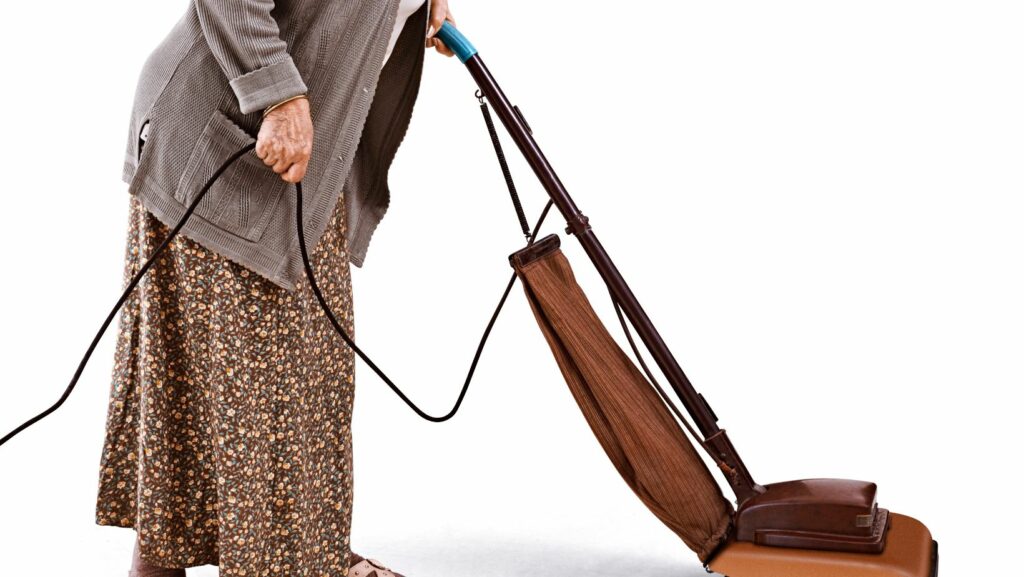Contents
Table of Contents
ToggleWho Invented The Vacuum Cleaner in 1920
Who invented the vacuum cleaner in 1920? This question has puzzled many, as the invention of this household appliance revolutionized cleaning practices. The vacuum cleaner, as we know it today, was not created by a single individual in 1920. Instead, it was the result of numerous inventors and innovators who contributed to its development over several decades.
One important name that emerges when discussing the invention of the vacuum cleaner is Hubert Cecil Booth. Although he did not invent the first vacuum cleaner in 1920, his contribution cannot be overlooked. In 1901, Booth patented a device that used suction to remove dust and debris from carpets and upholstery. This early precursor laid the foundation for future advancements in vacuum technology.
Another significant figure in the evolution of vacuum cleaners is James Murray Spangler. In 1907, Spangler designed a portable electric suction sweeper that incorporated elements such as brushes and a motor-driven fan to enhance its effectiveness. His invention caught the attention of William Henry Hoover, who saw its potential and eventually acquired the patent rights.
Invention of the First Electric Vacuum Cleaner
Who Was The Inventor of The First Electric Vacuum Cleaner?
When it comes to the invention of the first electric vacuum cleaner, there is one name that stands out: Hubert Cecil Booth. Born in 1871 in Gloucester, England, Booth was an engineer and inventor who made significant contributions to various industries. In 1901, he patented his innovative design for a motorized vacuum cleaner.
The Significance of The Electric Vacuum Cleaner in 1920
The introduction of the electric vacuum cleaner in 1901 marked a turning point in domestic cleaning methods. However, it wasn’t until the 1920s that these devices gained widespread popularity and became more accessible to households worldwide. This era witnessed rapid advancements in manufacturing techniques, allowing for mass production and lower costs.
The significance of the electric vacuum cleaner during this time cannot be overstated. It brought about a transformation in cleanliness standards within homes, eliminating dust and debris more effectively than ever before. With its ability to tackle carpets and upholstery with ease, this invention greatly reduced time-consuming manual labor involved in traditional cleaning methods such as beating rugs or sweeping floors.

Evolution of Vacuum Cleaners in The 1920s
The Popularity of Vacuum Cleaners in The 1920s
During the 1920s, vacuum cleaners became increasingly popular as a household appliance. People were eager to embrace modern conveniences that would simplify their lives and reduce the time spent on chores. This led to a growing demand for efficient cleaning solutions, and vacuum cleaners quickly emerged as an essential tool for maintaining cleanliness in homes.
Improvements in Vacuum Cleaner Performance
Innovation played a significant role in improving vacuum cleaner performance during the 1920s. Inventors and manufacturers focused on enhancing suction power, maneuverability, and overall efficiency. These advancements made vacuuming more effective, saving users valuable time and effort.
One notable innovation was the introduction of electric-powered vacuum cleaners. Previously, most vacuums relied on manual labor or cumbersome mechanisms such as hand-pumped systems or gasoline engines. The adoption of electricity revolutionized cleaning practices by providing consistent power supply without requiring physical exertion.
The Role of Advertising in Promoting Vacuum Cleaners
Advertising played a crucial role in popularizing vacuum cleaners during the 1920s. Companies recognized that effective marketing strategies could influence consumer behavior and drive sales growth. They employed various tactics to highlight the benefits of their products and convince potential buyers that owning a vacuum cleaner was essential for maintaining hygiene.
Print media, such as magazines and newspapers, became an important platform for advertising vacuum cleaners. Eye-catching advertisements showcased the latest models, emphasizing their features and performance. Manufacturers also utilized persuasive language to appeal to consumers’ desires for cleanliness and modernity.
Conclusion
In summary, the invention of the vacuum cleaner in 1920 revolutionized household cleaning and made our lives much easier. While there were various inventors who contributed to its development, it is widely attributed to Hubert Cecil Booth. His innovative design and engineering paved the way for modern vacuum cleaners that we rely on today.
While there were other inventors who also made contributions to early vacuum cleaner designs, such as Daniel Hess in 1860 and John Thurman in 1899, Booth’s patent for an electric-powered suction device laid the foundation for future advancements in this field. Understanding the origins of inventions like the vacuum cleaner allows us to appreciate how these innovations have shaped our lives. The ingenuity displayed by inventors like Hubert Cecil Booth continues to inspire new developments that enhance our daily tasks while making them more efficient and convenient.

